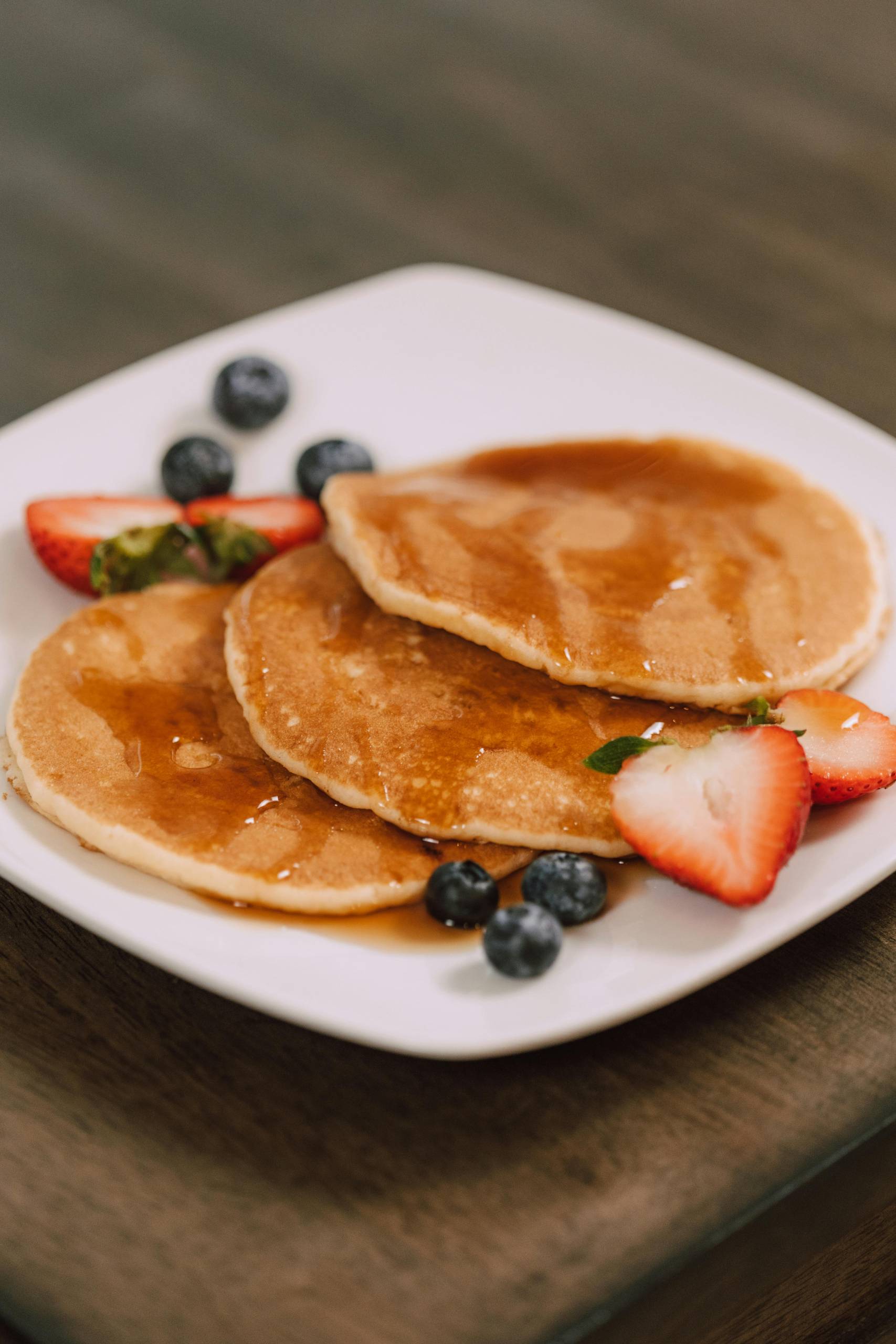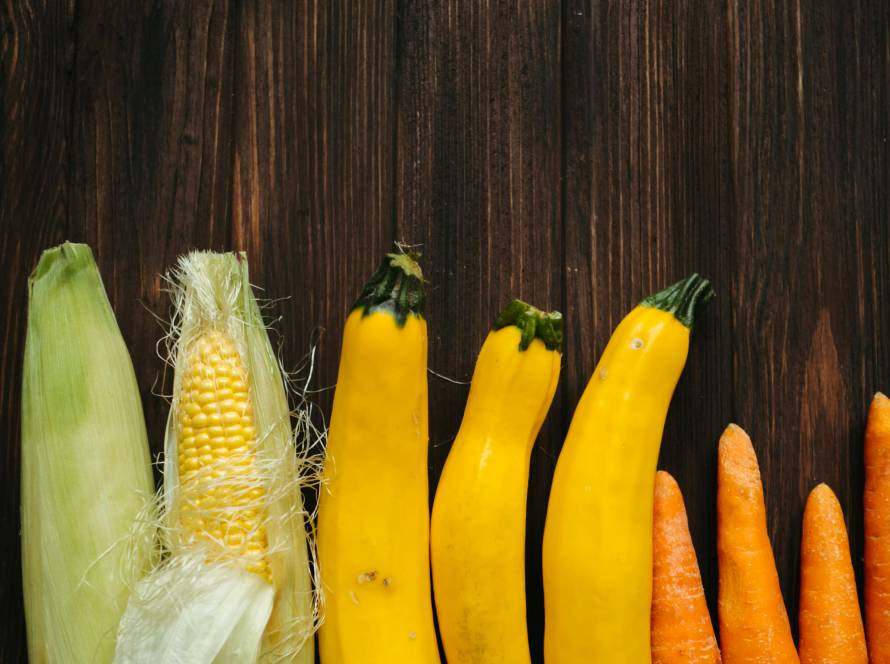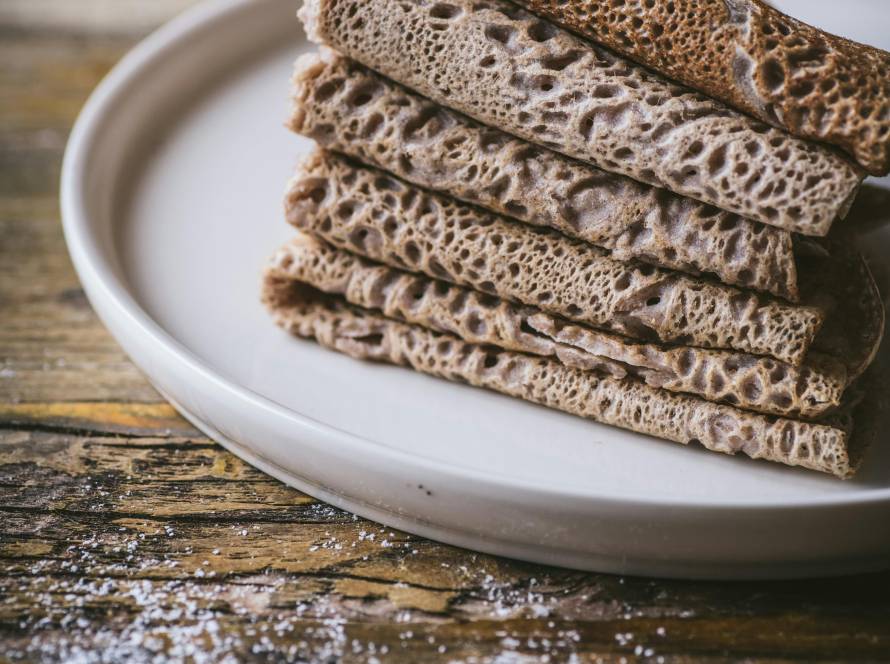Everything You Need to Know About Xanthan Gum
Gluten-free baking has become a delightful challenge for many home bakers who want to enjoy their favorite treats without gluten. One essential ingredient that often comes up in gluten-free baking recipes is xanthan gum—a powerful binder that plays a crucial role in texture and structure. Understanding how xanthan gum and other alternative binders work can be your key to delicious, celiac-friendly creations.
What Is Xanthan Gum?
Xanthan gum is a polysaccharide commonly used as a food additive for its thickening, stabilizing, and emulsifying properties. It is produced by fermenting simple sugars with a specific type of bacteria called Xanthomonas campestris. The resulting substance is dried and turned into a powder that dissolves easily in water, forming a gel-like consistency. Xanthan gum is widely used in the food industry, especially in gluten-free baking, sauces, and dressings, to improve texture and shelf life. It’s also found in cosmetics and industrial products. Despite being processed, it is considered safe for most people when consumed in small amounts.
Why Gluten-Free Baking Requires Binders
Traditional baked goods rely on gluten for their elasticity, moisture retention, and chewy texture. Gluten traps air, giving rise and structure to bread, muffins, and cookies. When gluten is removed, bakers must turn to other ingredients to replicate the same function. That’s where binders like xanthan gum, psyllium husk, guar gum, and chia seeds come in.
Health Benefits and Nutritional Value of Xanthan Gum
Xanthan gum, a popular food additive and thickening agent, is more than just a texture enhancer—it also offers certain health benefits when consumed in moderation. Though not a significant source of nutrients, xanthan gum has properties that may support digestive health and aid in specific dietary needs.
Here are the xanthan gum benefits:
- Supports digestive regularity by acting as a soluble fiber
- May help lower blood sugar levels by slowing sugar absorption
- Can aid in lowering cholesterol in some individuals
- Useful in gluten-free diets as a substitute for gluten’s elasticity
- Contributes to satiety, potentially assisting with weight management
- Low in calories and carbs, making it suitable for low-carb diets
- Generally safe for most people when used in appropriate amounts
Xanthan Gum: A Superstar in Gluten-Free Baking
Xanthan gum is a common food additive made by fermenting sugar with a specific bacterium, Xanthomonas campestris. It’s known for its thickening and stabilizing properties, making it an invaluable ingredient in gluten-free recipes.
How Xanthan Gum Works
- Structure: Mimics gluten by holding ingredients together.
- Texture: Gives baked goods elasticity and chewiness.
- Moisture Retention: Helps keep baked goods moist instead of dry or crumbly.
How Much Xanthan Gum to Use
- Cookies: 1/4 tsp per cup of gluten-free flour
- Muffins and Quick Breads: 1/2 tsp per cup of gluten-free flour
- Bread and Pizza Dough: 3/4 to 1 tsp per cup of gluten-free flour
Always check your gluten-free flour blend—some already include xanthan gum, so adding extra might result in a gummy texture.
Exploring Other Gluten-Free Binders
While xanthan gum is popular, there are several other binders that can also work well in gluten-free baking. Choosing the right one depends on the recipe and dietary preferences.
Guar Gum
Derived from guar beans, guar gum is another effective thickening agent. It’s often used interchangeably with xanthan gum, though its binding ability is slightly weaker. Use similar quantities as you would with xanthan gum.
Psyllium Husk
This natural fiber is excellent for bread and rolls. It adds stretch and pliability to doughs, making it ideal for recipes requiring kneading and shaping.
Chia and Flax Seeds
When ground and mixed with water, chia and flax seeds form a gel-like substance that mimics the binding properties of gluten. Ideal for nutrient-rich, wholesome baked treats:
- 1 tablespoon ground flax or chia + 3 tablespoons water = 1 egg substitute
Comparing Binders: Pros and Cons
| Binder | Best For | Pros | Cons |
|---|---|---|---|
| Xanthan Gum | All Gluten-Free Baked Goods | Reliable, widely available | Processed, may cause digestive issues in large amounts |
| Guar Gum | Cakes, Muffins | Cheaper, plant-based | Less effective in yeast-risen doughs |
| Psyllium Husk | Bread, Pizza Dough | Excellent elasticity and fiber | Can make dough dense if overused |
| Chia/Flax | Cookies, Brownies | Natural, nutritious | Milder binding power |
Essential Tips for Gluten-Free Baking
Now that you understand how binders work, follow these tips to get the best results from your gluten-free baking adventures:
- Start Simple: Begin with tried-and-tested recipes before experimenting with substitutions.
- Measure by Weight: Gluten-free flours have varying densities—use a kitchen scale for precision.
- Don’t Overmix: Too much mixing can lead to dense, heavy textures.
- Let It Rest: Allow batter or dough to sit for 20–30 minutes; this helps hydrate the ingredients.
- Use Multiple Flours: Blend almond, rice, tapioca, or sorghum flour for a balanced texture.
Common Challenges in Gluten-Free Baking
Dryness
Solution: Add extra fat (like butter or coconut oil), or include applesauce or yogurt to boost moisture.
Crumbly Texture
Solution: Ensure you’re using the correct amount of binder. Xanthan gum or psyllium husk can help bring everything together.
Grittiness
Solution: Choose finer-ground flours and allow time for full hydration before baking.
Best Recipes to Try with Binders
Ready to put your knowledge to the test? These recipes showcase how different binders enhance structure and flavor:
- Soft Gluten-Free Sandwich Bread (with psyllium husk)
- Chewy Chocolate Chip Cookies (with xanthan gum)
- Fluffy Muffins with Blueberries (using chia seed gel)
Living a Celiac-Friendly Lifestyle
Mastering gluten-free baking goes beyond the kitchen. Understanding ingredients, reading labels, and practicing safe food prep are critical for those with celiac disease or gluten intolerance.
Always verify that your binders and flour blends are 100% gluten-free and processed in certified facilities. Cross-contamination can undermine all your baking efforts.
For trusted information and support for those living a gluten-free life, check out the Gluten Intolerance Group.
Conclusion: Your Gluten-Free Journey Starts Now
When done right, gluten-free baking can be just as satisfying as traditional methods. By understanding the crucial role of xanthan gum and other binders, you can bring structure, softness, and stability to your recipes. Whether you’re baking a crusty loaf of bread or soft chocolate chip cookies, the right binder makes all the difference.
Don’t forget to browse our article about Gluten-Free Pantry Essentials for Every Kitchen
With a little practice and experimentation, your gluten-free kitchen will be delighting friends and family in no time!



